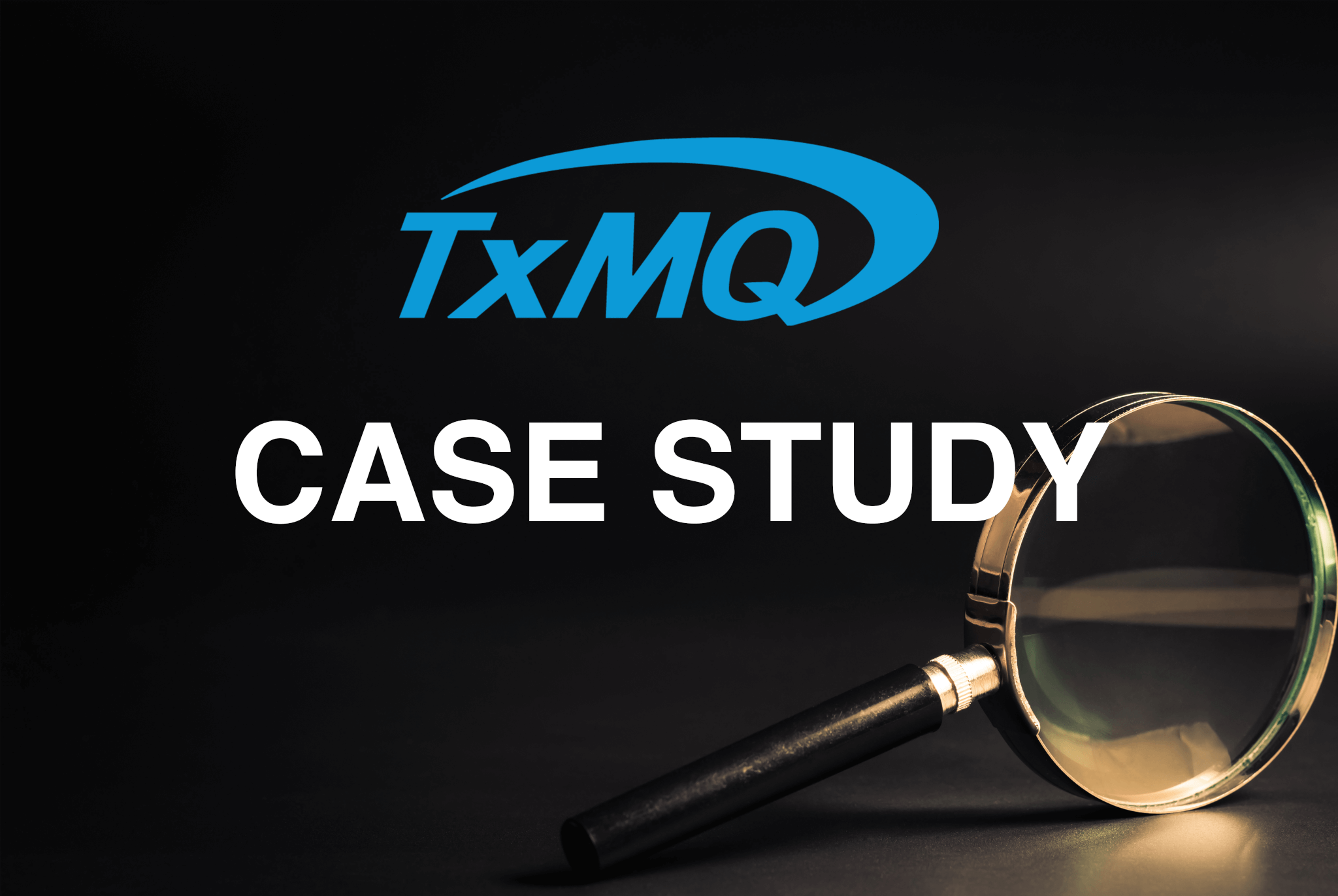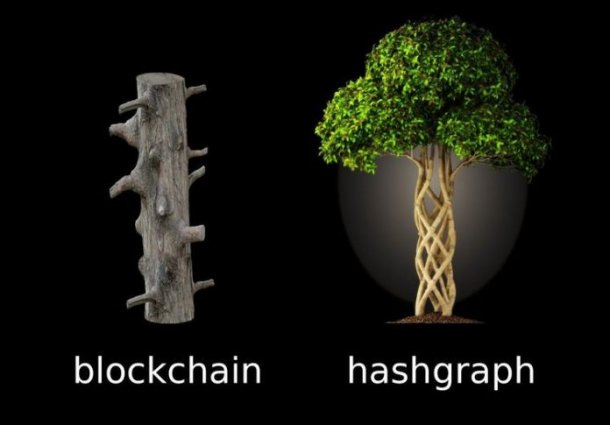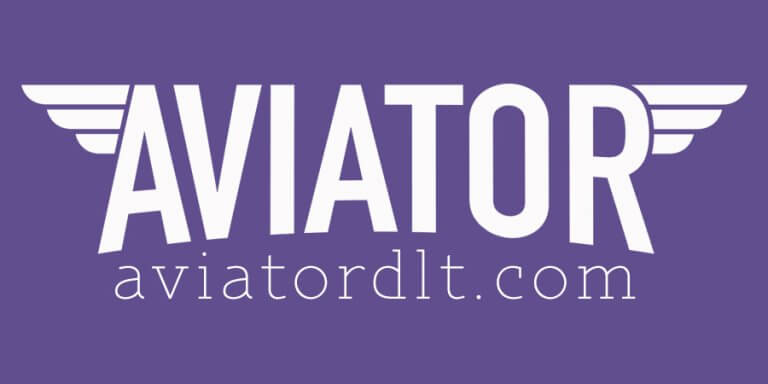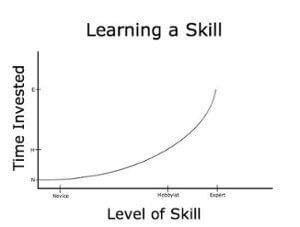This article was originally published by MCOL.com on 12/19.
It’s no secret that we have a dangerous opioid epidemic in the United States, as well as in many other parts of the world. Efforts to address the issue have come from both industry and government entities alike. In 2017, there were 47,600 overdose deaths in the U.S. involving opioids, which led to the U.S. Department of Health & Human Services (HHS) declaring a healthcare crisis. In April 2017, HHS outlined an Opioid Strategy, which included, among other components, the desire to create methods to strengthen public health data reporting and collection to inform a real-time public health response as the epidemic evolves.
Opioids are strong pain medications that mimic the pain-reducing qualities of opium, and when used improperly, are extremely dangerous and highly addictive. The increasing epidemic has highlighted the need for organizations to keep secure, reliable and actionable product lifecycle data, ensuring that they can track the entire supply chain for sensitive medications. In addition to meeting regulatory compliance requirements, cost and efficiency benefits may also be realized through tighter tracking and better data. Most importantly, it can help to cut down on the lives that are lost because of opioids and other medications being misused.
Healthcare Supply Chains
When discussing technology integration in a highly regulated industry like healthcare, it is hard to find solutions that work to both reduce costs and improve efficiencies, while still maintaining high levels of security and usability. This is why many healthcare organizations are turning towards supply chain management for new solutions; it will still improve efficiencies and cost, but it rarely involves personal health information, making it easier to satisfy regulatory requirements. In cases that use blockchain or distributed ledger solutions, it can also use immutable data and analytics, which can address suppliers’ fears of being hacked or losing sensitive proprietary information. On top of that, supply chain management can provide results to healthcare organizations to ensure that the solution is working effectively. In a 2018 Global Healthcare Exchange survey, nearly 60 percent of respondents said that data and analytics improvements were their highest priority. Supply chain management has many benefits for healthcare organizations, without having to work around highly regulated and secure data.
Supply chain management involves tracking supplies from the distributors or manufacturers, all the way through the healthcare organization to the patients receiving the medication or supplies. Many organizations still track supplies by hand, which can result in high margins of error. Also, many healthcare management systems are not integrated with each other, which means that patients can take advantage of these systems and access dangerous medications more easily. As healthcare systems move beyond hospitals and into non-acute sites, supply chain management becomes increasingly complex and difficult to manage. With supply chain management, healthcare organizations can track down errors and find out who made the error and when. When prescription drugs are involved, this would include knowing which patients, physicians, or prescribers are abusing the system by accessing more pain medications and opioids than they actually require or by over-prescribing more than should be allowed. This can help end addictions and overdoses.
Distributed Ledger Technology Solution
Accurate, timely information is critical in any supply chain. In the pharmaceutical industry, regulatory oversight and the potential for serious consequences for patients make supply chain traceability even more important. The ability to assess the behavior of the participants—patients, providers, distributors, manufacturers and pharmacists—within the supply chain is a useful tool in the battle against substance abuse. Developing a controlled substance management system as a robust, compliant supply chain management solution can help to track the movement of orders and medications through the pharmaceutical supply chain, from manufacturer and distributor to pharmacy and patient. Participants generate activity daily by consuming medication and refilling their prescriptions when they run out. Similarly, pharmacies and distributors place orders when supplies run low. Building this solution on a distributed ledger technology such as Hashgraph allows for increased security, immutable, time-stamped data, fast throughput, and easy customization to meet the needs of healthcare providers. It can even be customized to flag violations of laws or best practices, such as refilling prescriptions too often or over-prescribing.
Distributed ledger solutions have the ability to enforce rules on each participant with regards to the amount of medication that can be consumed, manufactured, distributed or prescribed. Patients’ refills can be limited based on their needs. Physicians, pharmacies and distributors have limits on the amount of medication they can prescribe or order in a given period of time to ensure that they are not abusing the system either. Participants who exceed these set limits are flagged by the system and can be removed, meaning that they are no longer able to order, prescribe or refill specific substances. This system can track a number of elements or components. In this case, it could track the distributor, the manufacturer, the prescribing physician, the pharmacy, the medication or opioid, and the patient. Time-stamped, immutable data allows for healthcare organizations to easily see when an error or an abuse of the system took place.
Distributed ledger solutions are built on a system of nodes and each node processes each transaction. Each record or transaction is signed using the signature of the previous transaction to guarantee the integrity of the chain or the ledger. This means that these systems are difficult to breach or hack. Although supply chain management does not directly use confidential patient health information, it is important that all solutions that are integrated into a healthcare system are secure to ensure that data cannot be manipulated, allowing for further abuse of dangerous medications.
Finding a Solution
To save lives, it is imperative to find effective solutions to issues facing healthcare and the opioid epidemic. Unfortunately, within this industry, it can be hard to innovate due to privacy and regulations. Distributed ledger technology has the chance to innovate and potentially save lives when implemented as a sensitive medication supply chain management system. Its high-security, transparency and immediate auditability makes it an effective solution to track how harmful medications are being abused and to put an immediate stop to these issues. Technology already exists to solve these problems; it is only a matter of the healthcare industry taking these solutions seriously and implementing them before more lives are lost.








 Aviator is an application platform and toolset for developing DLT applications. We like to say that it is enterprise-focused yet startup-ready. We want to enable the development of private ledger applications that sit comfortably in enterprise IT environments, flattening the learning curve for everyone involved.
Aviator is an application platform and toolset for developing DLT applications. We like to say that it is enterprise-focused yet startup-ready. We want to enable the development of private ledger applications that sit comfortably in enterprise IT environments, flattening the learning curve for everyone involved. The work doesn’t end when the developers have delivered. Deploying and managing development, QA, and production DLT networks is seriously challenging. DLT architectures include a number of components, deployed across a number of physical or virtual machines, scaled across a number of identical nodes. Aviator aims to have IT systems administrators and managers covered there as well. We’re working on a toolset for visually designing your DLT network infrastructure, and a way to automatically deploy that design to your physical or virtual hardware. We’ll be delivering tooling to monitor and manage those assets through our own management tooling, or by integrating into the network management tooling your enterprise may already have. This is an area where even the most mature DLT platforms struggle, and there are exciting opportunities to lower frictions when managing DLT networks through better management capabilities.
The work doesn’t end when the developers have delivered. Deploying and managing development, QA, and production DLT networks is seriously challenging. DLT architectures include a number of components, deployed across a number of physical or virtual machines, scaled across a number of identical nodes. Aviator aims to have IT systems administrators and managers covered there as well. We’re working on a toolset for visually designing your DLT network infrastructure, and a way to automatically deploy that design to your physical or virtual hardware. We’ll be delivering tooling to monitor and manage those assets through our own management tooling, or by integrating into the network management tooling your enterprise may already have. This is an area where even the most mature DLT platforms struggle, and there are exciting opportunities to lower frictions when managing DLT networks through better management capabilities. For more information on Aviator, please visit our website at
For more information on Aviator, please visit our website at 
